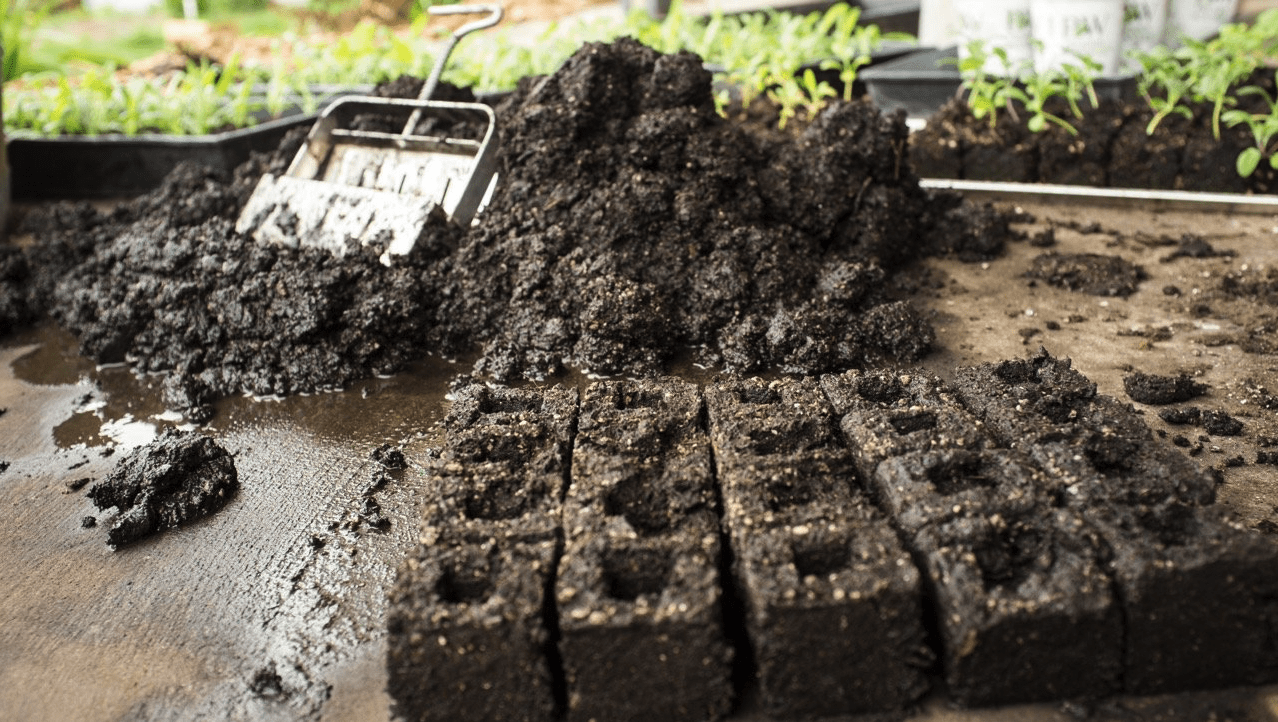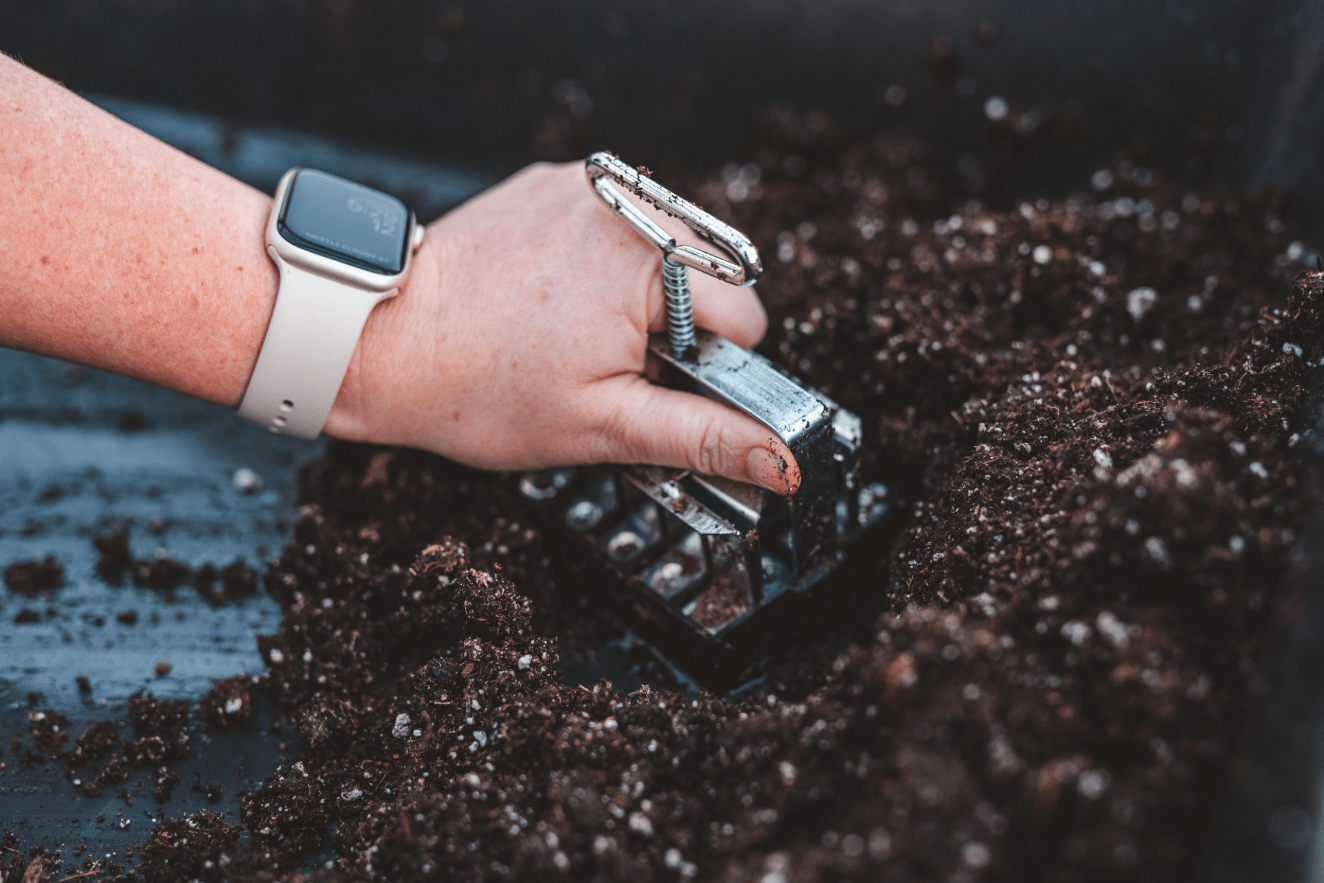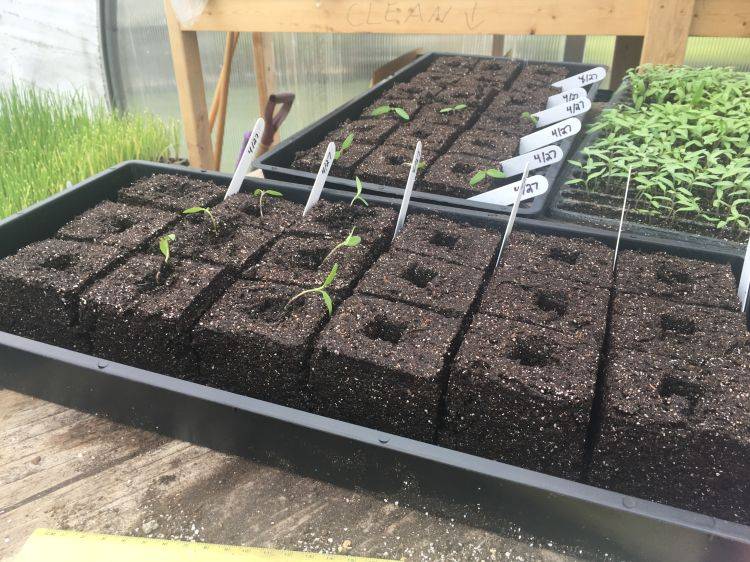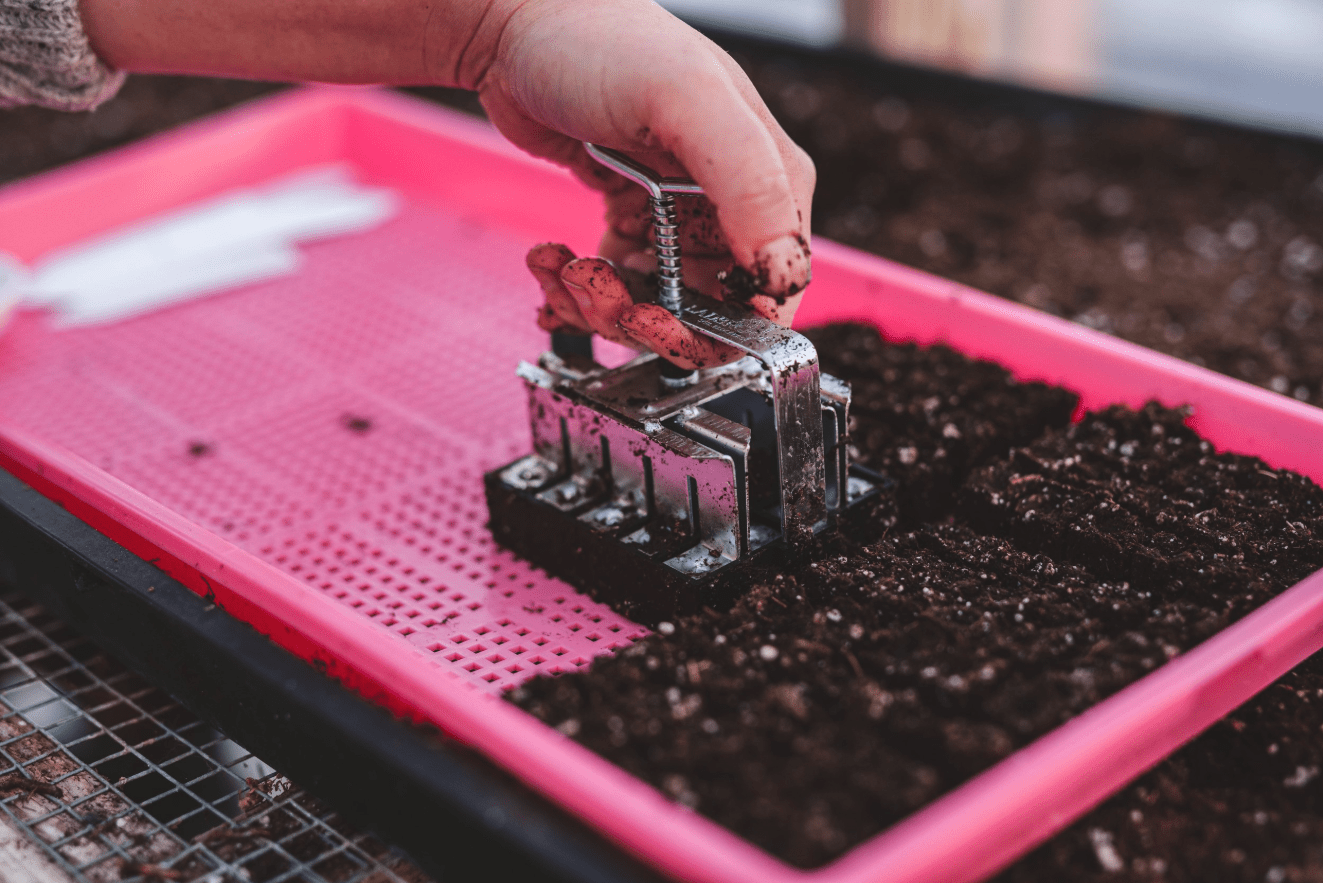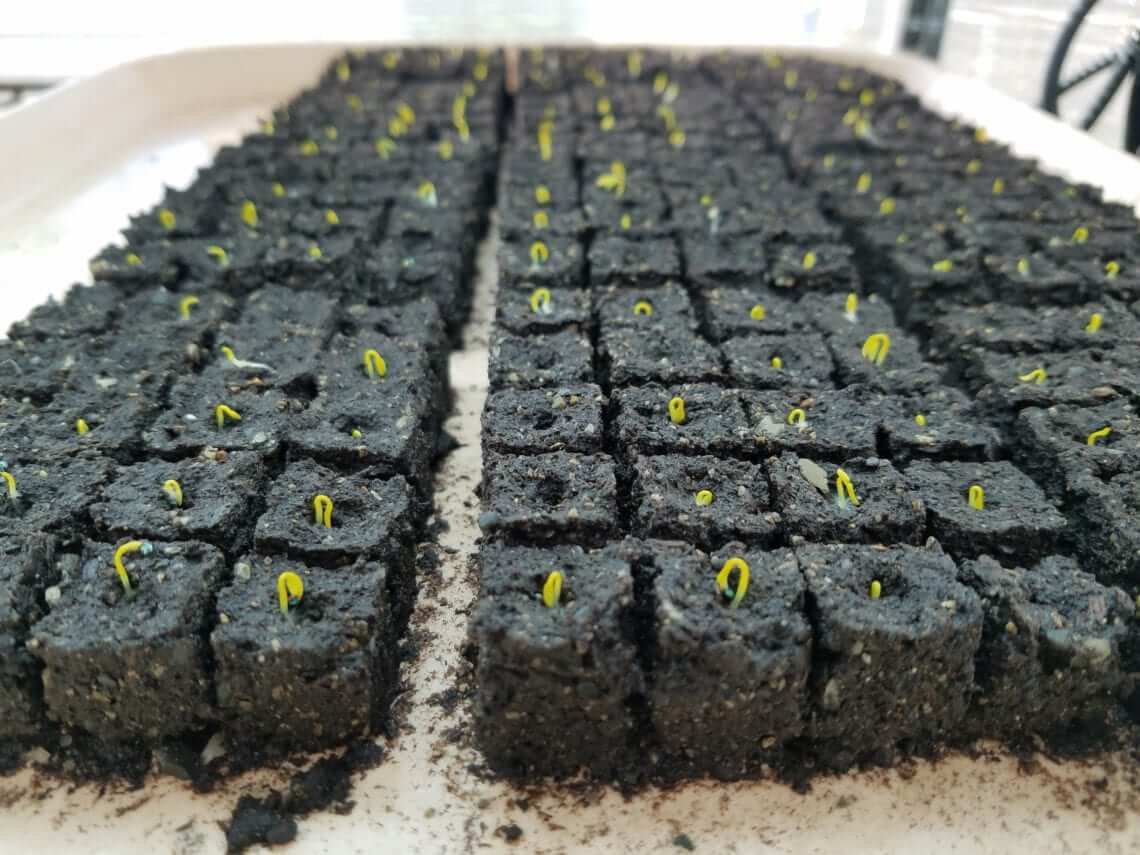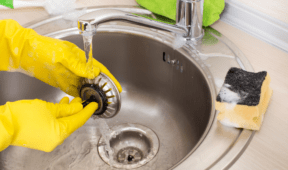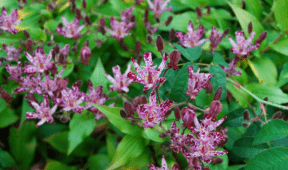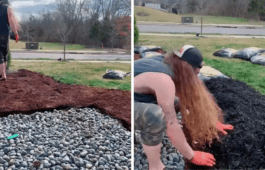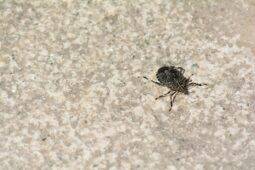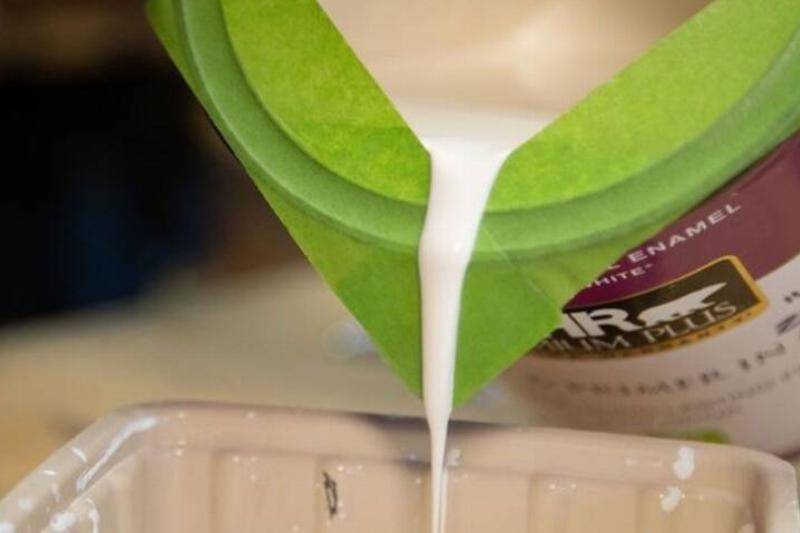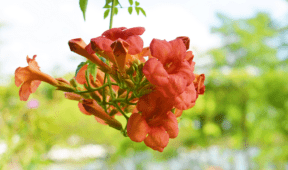Why ‘Soil Blocking’ Is a Better Way to Grow Your Seeds
If you start seeds indoors, you’ve probably dealt with plastic trays, tangled roots, and weak seedlings. Soil blocking is a better way. Soil blocking is a seed-starting method where seeds are planted in compact cubes of soil that hold their shape. A soil blocker tool compresses a moistened soil mix into uniform blocks, which are then placed on a flat surface for germination. Because the roots are exposed to air, they naturally prune themselves, preventing root circling and promoting stronger, healthier growth.
This method has been used by professional growers for years, and it’s gaining popularity with home gardeners. If you want healthier plants with less hassle, soil blocking might be for you. Here’s why it works so well.
1. No More Plastic Waste
Plastic seed trays crack, warp, and pile up over time. Even the sturdiest ones don’t last forever. Soil blocking removes the need for plastic containers altogether. You mix soil, press it into a blocker tool, and pop out firm, freestanding blocks. No trays, no tiny pots—just soil. This means less plastic waste in your home and fewer flimsy containers ending up in the trash.
2. Healthier Root Growth
Traditional seed trays can cause plants to become root-bound, where roots coil around the container, choking themselves out. This can lead to weak plants that struggle after transplanting. Soil blocks let air reach the edges, naturally pruning roots and encouraging stronger, more fibrous growth. Instead of wrapping around, the roots stop at the edge and branch out, so when you move the plant to a garden bed or larger pot, it establishes itself quickly and thrives.
3. Easier Transplanting
Transplant shock is real. When seedlings move from a container to the garden, their roots are often disturbed, which can cause them to stress out and become weak, or even die! Soil blocking reduces this issue by a lot. Since there’s no pot to remove, the plant moves directly into the ground with its roots intact. This means healthier plants, faster growth, and a better survival rate.
4. Better Moisture Control
Overwatering is a common problem with seed trays. Water pools at the bottom, leading to mold, fungus, or drowned plants. Soil blocks help improve moisture control by absorbing water evenly, preventing soggy soil and keeping roots healthy. If a block dries out, it’s easy to water just that one instead of flooding an entire tray.
5. Saves Money Over Time
While there’s an upfront cost for a soil blocker tool, it quickly pays off. You won’t need to keep buying seed trays, peat pots, or plastic cells. The process also reduces soil waste, since you only use what’s needed for each block. Over the years, this can save a surprising amount of money while keeping your gardening process more sustainable.
Related Articles
- How to Overseed a Lawn for Thicker and Healthier Grass
- Topdressing Your Lawn Is The Best Way To Ensure Thriving Grass
- How to Save Seeds and Grow Better Vegetables
Soil blocking makes seed-starting simpler, cleaner, and more effective for every type of home gardener. It reduces waste, saves space, strengthens root systems, and helps plants transition smoothly into the garden. If you’re looking for a better way to start seeds, soil blocking is definitely worth trying, and once you see the difference in plant health, you might never go back to plastic trays again.

